
nurse teaching patient clipart 20 free Cliparts Download images on
The nurse should assess for the potential cause of the client's constipation and appropriately individualize the treatment and health teaching. The nurse should document an abdominal assessment that includes discomfort, distention, and decreased bowel sounds. The date of the last bowel movement should also be documented.

Preventive strategies for childhood constipation. Download Scientific
Straining to start or complete a bowel movement Stool consistency that looks like rocks and pebbles A feeling of incomplete emptying Depending on the severity, constipation can cause problems such as abdominal pain and gas. Excessive straining during bowel movements may also cause: Hemorrhoids (swollen anal veins) Anal Fissures (tears)
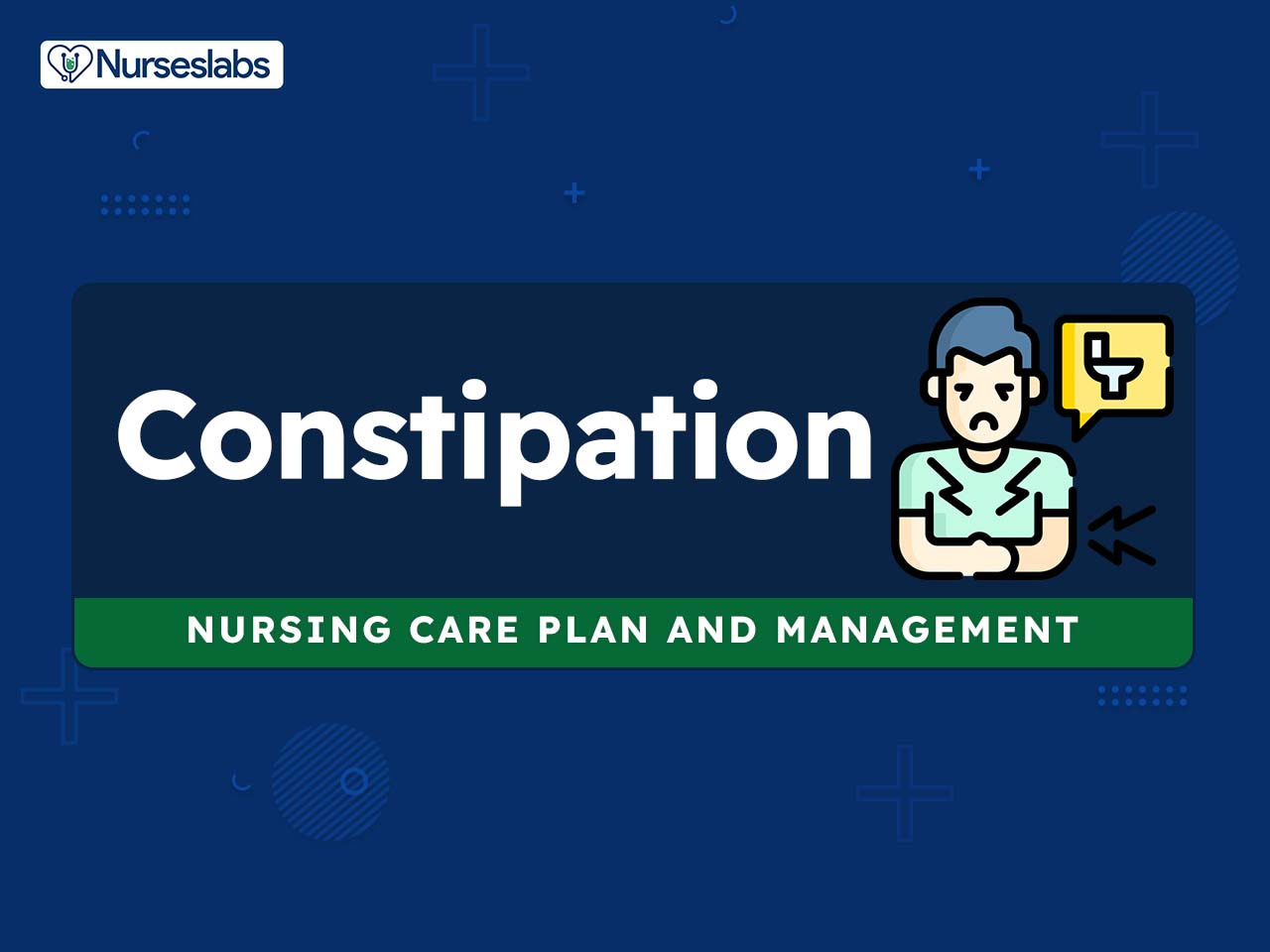
Constipation Nursing Diagnosis & Care Plan [2023 Update] Nurseslabs
Constipation is a symptom or condition characterized by difficult and infrequent bowel movements, typically 3 or fewer times a week. It is one of the most common gastrointestinal complaints in the United States and a common reason for referral to colorectal surgeons and gastroenterologists.[1][2] Constipation is a prevalent condition that often remains unrecognized until the patient starts.
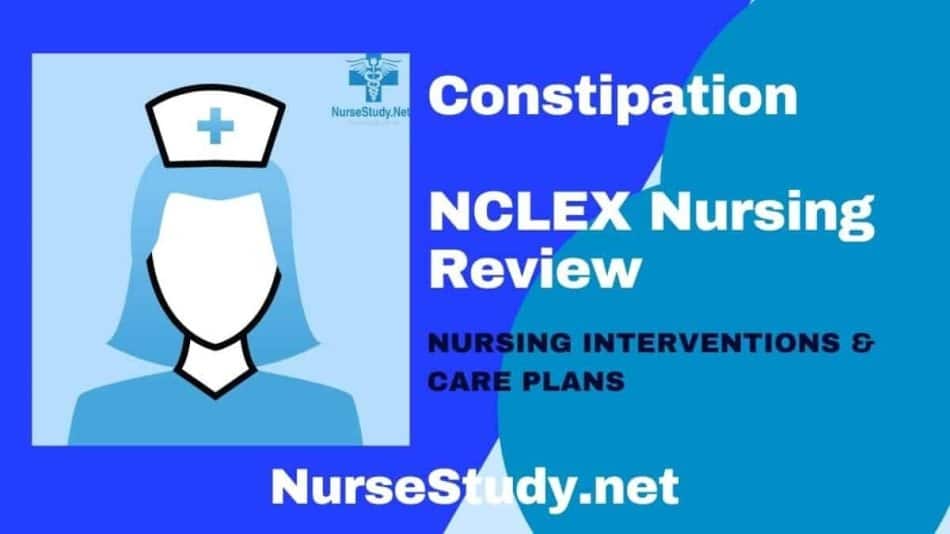
Constipation Nursing Diagnosis Causes, Symptoms, and Treatment
Patient was instructed in a list measures to meet diet requirements to avoid constipation such as: increase fiber foods (grains, vegetables, legumes) and increase sugar free liquids, avoid prolonged sitting or bed to promote bowel movement, also take medication as order, Docusate Ca 240 mg 1 tab PO PRN for constipation Docusate Teaching 1553

Solved Question 27 A nurse is providing teaching to a client
Conduct a comprehensive nursing assessment for constipation and encopresis. Gather relevant health history, and assess dietary habits, physical activity, and psychosocial factors. Understand the pathophysiology of constipation leading to encopresis. Analyze the physiological changes contributing to chronic constipation and the development of.
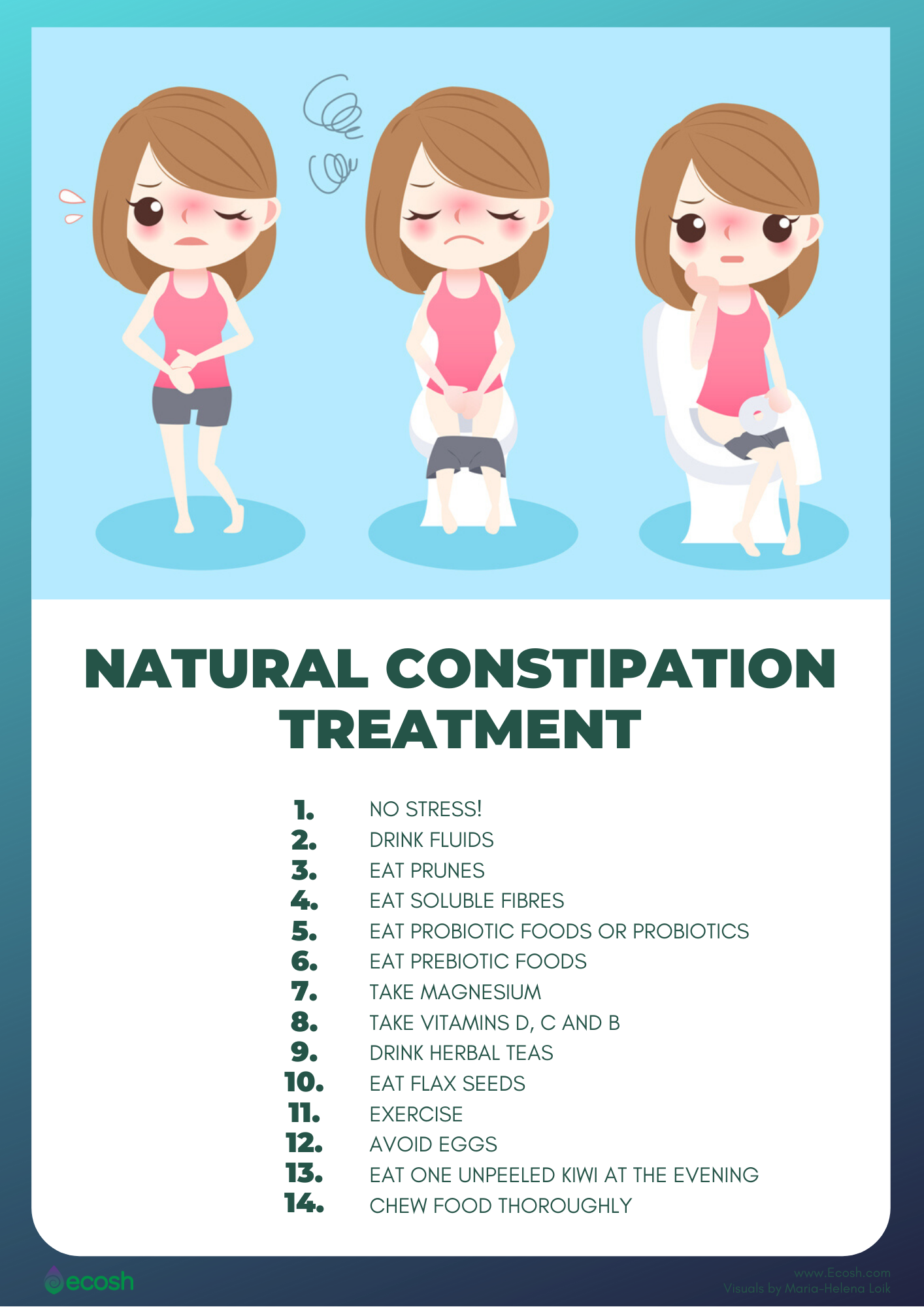
CONSTIPATION Symptoms, Causes, Bristol Stool Scale, Home Remedies For
The following are the common nursing care planning goals and expected outcomes for constipation: Patient will report soft, formed stool during bowel movements. Patient will establish bowel movement three times a week to three times a day. Patient will verbalize being free of pain and straining during bowel movement.

OET SPEAKING Constipation/Constipation OET ROLEPLAY sample for Nurse
Constipation Nursing Care Plan & Management - RNpedia This page has the most relevant and important nursing lecture notes and nursing care plans on Constipation. Menu Home Nursing Notes Fundamentals in Nursing (Notes) Maternal and Child Nursing (Notes) Medical & Surgical Nursing (Notes) Psychiatric Nursing (Notes) Pharmacology & Drug Study (Notes)

Teaching Template Constipation Teaching Plan for Constipation
Diseases Process Constipation Teaching 115 Constipation Teaching 115 Instructed in measures to prevent constipation: increasing fluids, eating a diet high in fiber, and avoiding foods with sugars (pasta, pastries, cheese, rice, etc.). Diseases Process Constipation Other teachings

Paediatrics for Primary Care (and anyone else) Dates for your diary
Amanda Andrews Senior Teaching Fellow, Birmingham City University, Birmingham, England. (2020) Assessment, diagnosis and management of constipation. Nursing Standard. doi: 10.7748/ns.2020.e11512. Published online: 10 August 2020. Keywords : bowel evacuation - clinical - constipation - continence - gastrointestinal.

Solved Q37. The nurse performs an assessment on a client
GENERAL PURPOSE: To provide nurses with an overview of constipation in older adults. LEARNING OBJECTIVES: After reading this article and taking the test, you should be able to: 1. Describe causes of constipation. 2. Identify diagnostic studies for constipation. 3. Discuss management of constipation in older adults.

Solved Question 27 A nurse is providing teaching to a client
Introduction. Constipation is a common and troublesome condition among the general population. 1 The prevalence is high in western countries, 2 including Sweden, 3 and may affect between 2% and 27% of people. 4 In older people, the prevalence can vary between 50% and 80% depending on the healthcare setting. 5 The condition can also lead to consequences such as urinary retention, fecal.
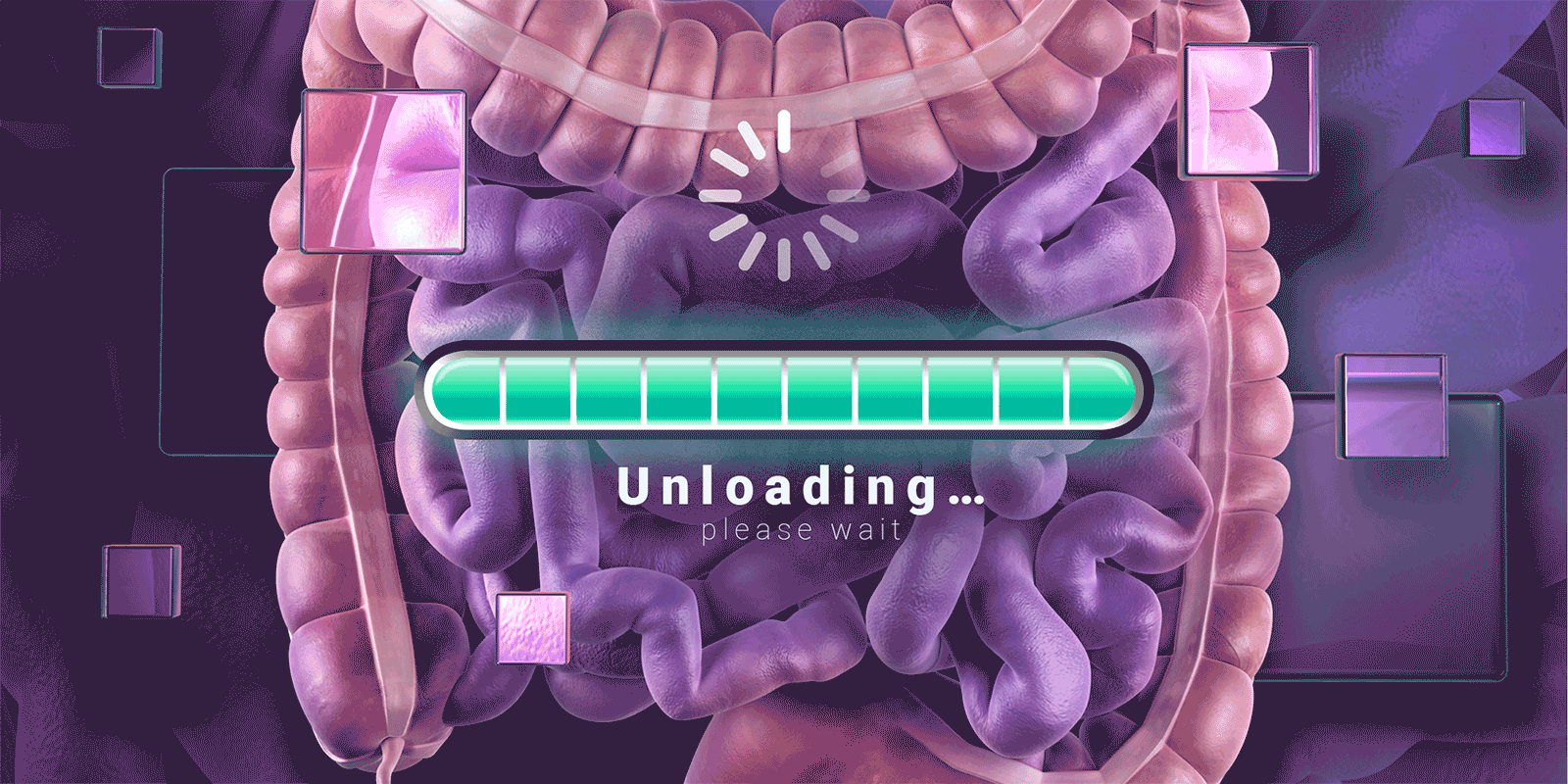
Managing constipation in older people bpac nz
Most common side effects include: Stomach/abdominal pain or cramping, nausea, diarrhea, or weakness. If any of these side effects persist or become severe contact MD or HH nurse. Constipation Teaching 2394 Instructed patient on Docusate, this medication is used to treat occasional constipation. Stomach pain, diarrhea, or cramping may occur.
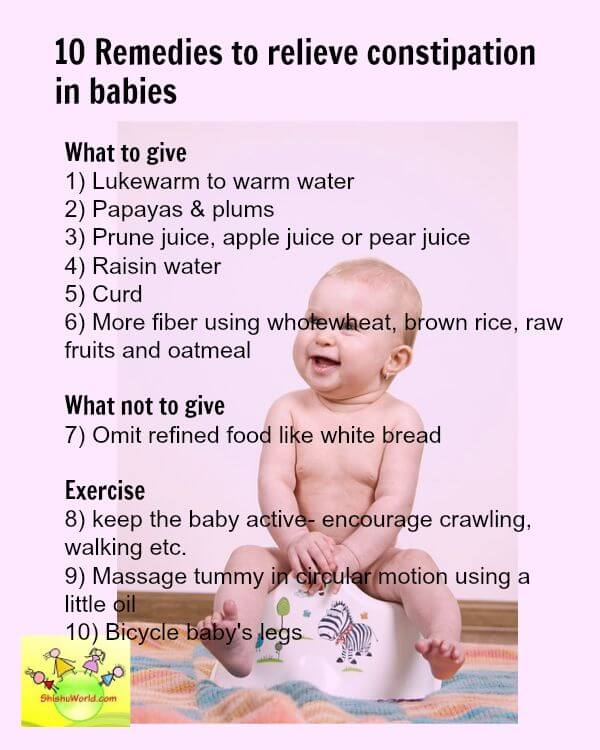
Harad For Constipation In Babies babyjulo
Constipation Nursing Care Plan and Management Updated on October 13, 2023 By Gil Wayne BSN, R.N. Developing a nursing care plan for constipation requires a thorough understanding of the condition. Learn about constipation and how nurses can improve patient outcomes.

Nursing Care Plan For Constipation Images and Photos finder
Constipation happens when fecal material (stool) moves through the large bowel (colon) too slowly. The fluid portion of the stool is absorbed back into the body, so the stool becomes hard and dry. This makes it difficult to pass the stool. What causes constipation?

Med Surg 2 exam The nurse is preparing the discontinue long term
Constipation refers to a change in bowel habits, but it has varied meanings. Stools may be too hard or too small, difficult to pass, or infrequent (less than three times per week). People with constipation may also notice a frequent need to strain and a sense that the bowels are not empty. Constipation is a very common problem.

Pin on Infografiky z celého světa
Constipation is commonly described as infrequent bowel movements, straining for a movement, a decrease in volume or weight of stool, a sense of incomplete evacuation, or dependence on laxatives, enemas, or suppositories to maintain regular bowel movements.